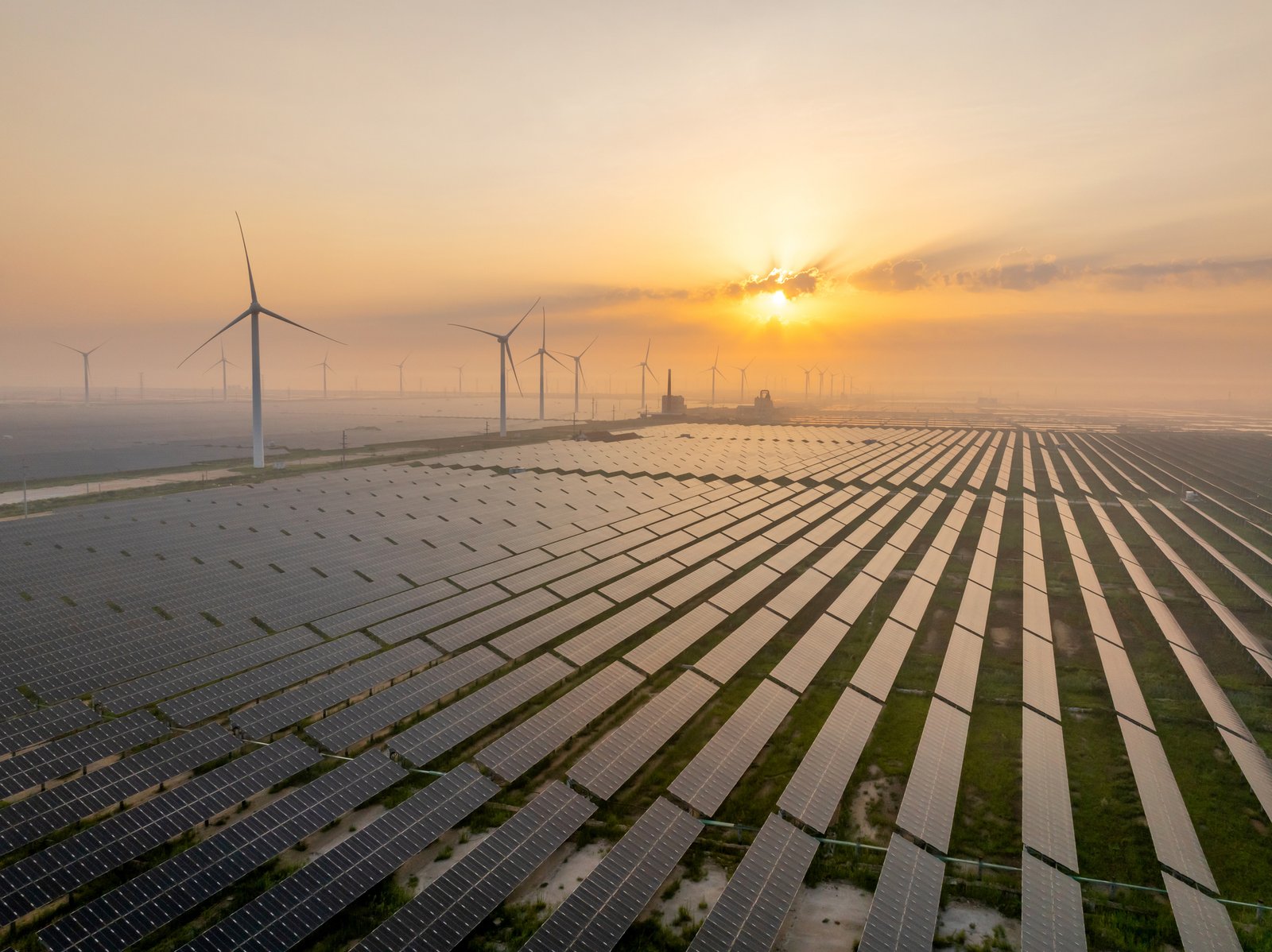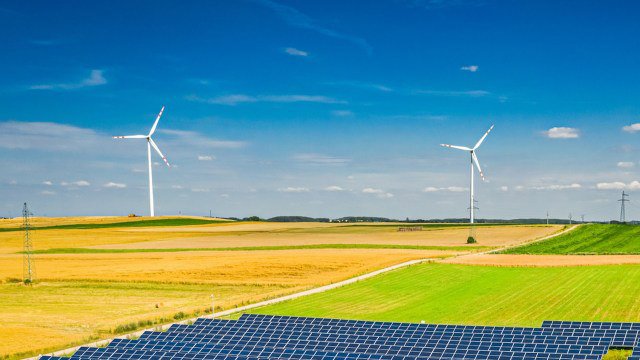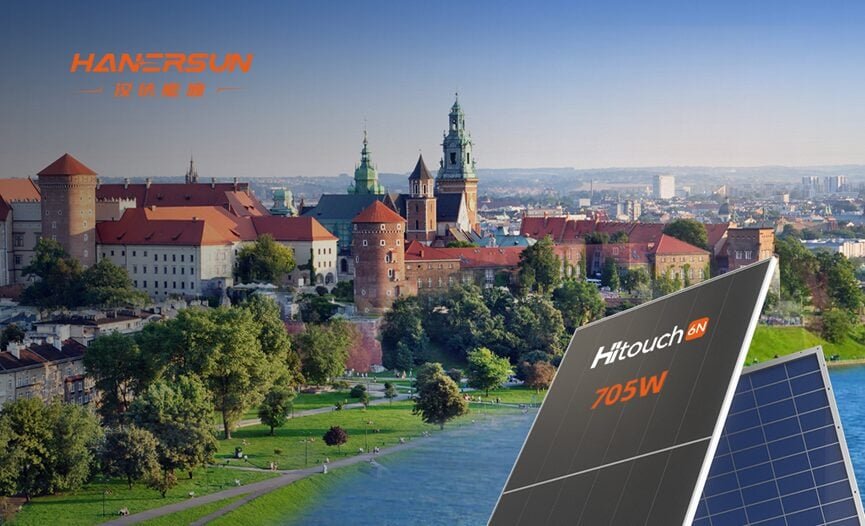Solar energy is rapidly shaping the future of Europe’s electricity system. As one of the fastest-growing sources of renewable power, solar photovoltaic (PV) systems now generate 10% of the EU’s electricity, marking a 1% increase since 2008. The European Commission has identified key areas to focus on as solar energy continues to expand.
Solar power can be harnessed in various ways. PV panels directly convert sunlight into electricity, while solar thermal systems capture heat from the sun. Concentrated solar power (CSP) uses mirrors to focus sunlight, generating steam for electricity production. Each method contributes to reducing fossil fuel reliance and supports the EU’s climate objectives.
To achieve its climate neutrality target by 2050, the EU aims to reach at least 700 gigawatts of solar generation capacity by 2030, which is four times the capacity from 2020. This ambitious goal has already begun to show results; in 2024, renewable energy surpassed fossil fuels in the EU’s electricity generation mix, with solar energy increasing by 15% in just one year.
Modern solar panels are reliable and present minimal safety risks. Fire incidents related to solar PV systems are infrequent, especially when installations are performed by certified professionals following strict EU regulations. Many rooftop systems are compact, making them suitable for urban areas, balconies, and building façades. Additionally, when rooftop solar isn’t feasible, community energy projects enable citizens to benefit from shared solar power. Large solar farms are also becoming more efficient, and innovative concepts like agrisolar, where solar panels coexist with crops, and floating solar installations help expand solar generation without sacrificing land.
While human activities can impact the environment, solar energy has a lower environmental footprint compared to fossil fuels and is instrumental in tackling climate change. When properly developed, solar installations can support habitat restoration, especially on degraded or industrial lands. Most EU solar systems utilize rooftops, minimizing land use and reducing conflicts with nature. Research indicates that rooftop solar could fulfill nearly 25% of the EU’s electricity demands.
In terms of cost, solar energy is not only clean but also economical. The price of solar PV technology has plummeted in recent years, making it one of the most affordable options for new electricity generation. This cost reduction has shielded consumers during recent energy crises exacerbated by Europe’s dependence on imported fossil fuels. Although fossil fuels still account for approximately 28% of the EU’s electricity, solar energy presents a pathway to increased energy independence and stability while lowering emissions.
A key advantage of solar power is its decentralized nature. Rooftop and local solar installations produce electricity close to consumption points, which reduces transmission losses and boosts system resilience. Currently, 58% of the EU’s solar capacity is installed on rooftops, aiding grid stabilization and supporting local communities. Battery storage technologies further enhance solar reliability by storing energy for use during outages or nighttime.
Overall, solar energy is set to play a vital role in Europe’s energy landscape, contributing to climate goals, enhancing energy security, and ensuring affordable electricity for consumers.




